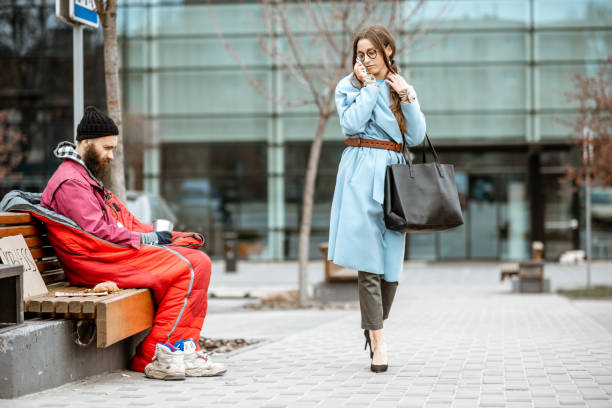
The news is rife with articles about people hoarding supplies in order to both safely weather a “shelter in place” (food, toilet tissue) and buy things needed to combat the spread of illness (Lysol, bleach, medicines). But what about those who simple can’t afford to do so? In the recent hysteria, it’s easy to lose track of those who can’t amass resources to “protect themselves.”
According to Yale University’s School of Emergency Management, “Shelter in Place” means finding a safe location indoors and staying there until you are given an “all clear” or told to evacuate. You may be asked to shelter in place because of an active shooter, tornado, or chemical, radiological, or another hazard. In this case, a novel virus spread.
Living without a Home Is Bad for Your Health
 Our number one defense now against the virus spread is “social distancing” and “self-quarantine.” For those who lack adequate shelter, this directive is problematic. The homeless population’s lack of stable shelter, access to proper hygiene, and basic food supplies makes them a particularly vulnerable group during the Covid-19 pandemic. As government officials and healthcare personnel are focusing their resources to address the needs of the general population, the conditions among the urban homeless are worsening. Research indicates that a disproportionate number of homeless people also have respiratory issues or other chronic health conditions. People aged 50 and over make up 30% of the homeless population in the US. As public and private businesses close, homeless individuals will have less access to bathroom and hand washing facilities. These multiple vulnerabilities create a very dangerous situation for personal and public health if the specific needs of the homeless are not addressed on the Covid-19 response.
Our number one defense now against the virus spread is “social distancing” and “self-quarantine.” For those who lack adequate shelter, this directive is problematic. The homeless population’s lack of stable shelter, access to proper hygiene, and basic food supplies makes them a particularly vulnerable group during the Covid-19 pandemic. As government officials and healthcare personnel are focusing their resources to address the needs of the general population, the conditions among the urban homeless are worsening. Research indicates that a disproportionate number of homeless people also have respiratory issues or other chronic health conditions. People aged 50 and over make up 30% of the homeless population in the US. As public and private businesses close, homeless individuals will have less access to bathroom and hand washing facilities. These multiple vulnerabilities create a very dangerous situation for personal and public health if the specific needs of the homeless are not addressed on the Covid-19 response.
How will Covid-19 Affect those in Group Living?
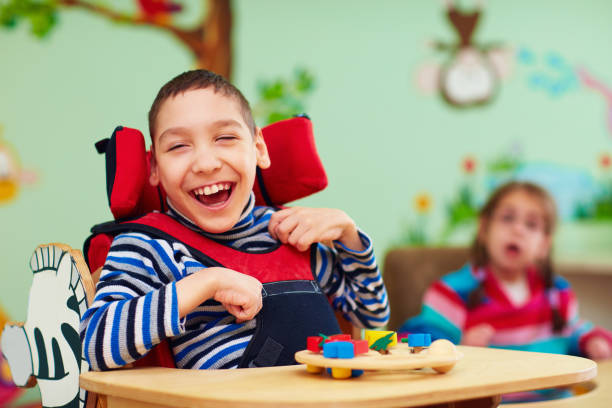 One of the first waves of institutional closures in the US were college campuses. With spring break travel creating multiple exposure risks, most colleges and universities decided not to re-open after their breaks. Unfortunately, facilities that house our population’s most vulnerable individuals (group homes for the disabled, nursing facilities, and assistive living programs) cannot close. There are multiple dangers that exist within these environments; people living close to another, community living spaces, possible high concentrations of high-risk individuals. Keep in mind that these facilities require 24/7 staffing from many individuals that must come and go daily from the facility. Typically, these direct care workers, essential to be present always, make slightly over current minimum wage.
One of the first waves of institutional closures in the US were college campuses. With spring break travel creating multiple exposure risks, most colleges and universities decided not to re-open after their breaks. Unfortunately, facilities that house our population’s most vulnerable individuals (group homes for the disabled, nursing facilities, and assistive living programs) cannot close. There are multiple dangers that exist within these environments; people living close to another, community living spaces, possible high concentrations of high-risk individuals. Keep in mind that these facilities require 24/7 staffing from many individuals that must come and go daily from the facility. Typically, these direct care workers, essential to be present always, make slightly over current minimum wage.
Prisons
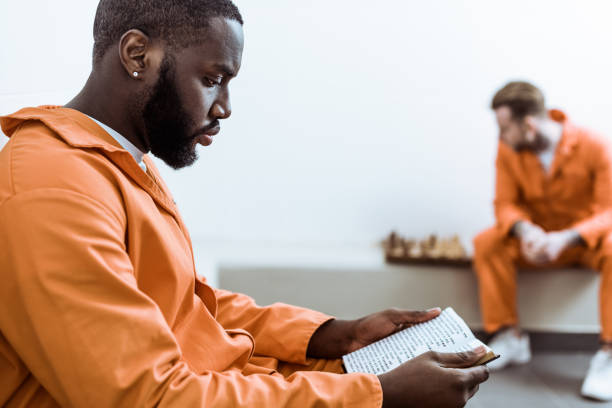 Prisons have all the above listed issues, but they are less resourced. Overcrowding is a major issue with US prisons, coupled with poor sanitation, as well as conditions unique to this population. You can’t cover your sneeze when your hand is cuffed, hand sanitizer is not allowed due to alcohol content, and it’s difficult to “socially distance” within the confinements of a cell block. Also, in many states the prison populations are generally older (55 and up). People in prison have more chronic health conditions than their non-incarcerated counterparts. As a group, we are generally comfortable overlooking prisoners. These factors all converge to create a perfect storm for virus spread.
Prisons have all the above listed issues, but they are less resourced. Overcrowding is a major issue with US prisons, coupled with poor sanitation, as well as conditions unique to this population. You can’t cover your sneeze when your hand is cuffed, hand sanitizer is not allowed due to alcohol content, and it’s difficult to “socially distance” within the confinements of a cell block. Also, in many states the prison populations are generally older (55 and up). People in prison have more chronic health conditions than their non-incarcerated counterparts. As a group, we are generally comfortable overlooking prisoners. These factors all converge to create a perfect storm for virus spread.
In both cases, the precaution of decreasing visitors can have a dramatic impact on mental health. In a group with very little control over their personal exposure to the virus, being isolated from loved ones can make feelings of helplessness worse. Some countries, and certain US states, are looking to release those vulnerable prisoners (who are not a threat to the public) to their homes.
The Working Poor
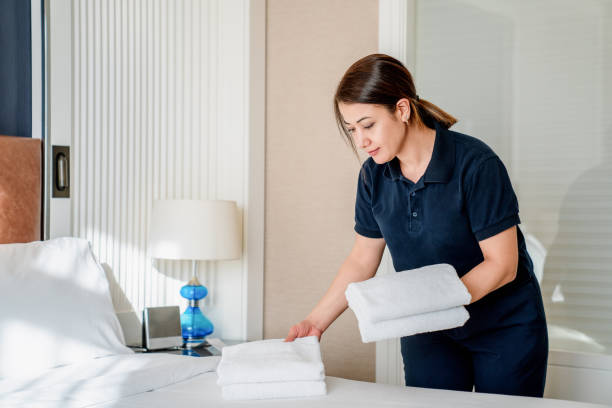 Many individuals are one crisis away from financial disaster or homelessness. The COVID- 19 epidemic will be that crisis for many. The widespread impact of Covid-19 has yet to be fully realized. Past pandemics have disproportionately hurt the working poor, and we can expect COVID-19 to be no exception. Those with the lowest paying jobs and the fewest financial resources are most vulnerable to infection and most susceptible to the adverse economic effects of the pandemic. Also, many of the working poor are dependent on public transportation, leading to more potential exposure. Additionally, unlike their white-collar counterparts, there is no work from home option and most are forced to directly interact with the public. Currently, check-out clerks, maintenance workers, truck drivers, and delivery people, are the workers deemed “essential.” These are often the same people living paycheck to paycheck, many earning below $15/ hour. Though they are remaining employed during this pandemic, most live paycheck to paycheck and lack the resources to stockpile needed provisions should they need them. Many food banks, who are dependent on volunteers to open, have closed their doors. School closures have caused many kids who qualify for free breakfast and lunch to go without. Though schools were directed to make provisions for meals, many families would need to pick the meals up. Without a car or the ability to modify one’s work schedule, some kids are doing without this needed resource.
Many individuals are one crisis away from financial disaster or homelessness. The COVID- 19 epidemic will be that crisis for many. The widespread impact of Covid-19 has yet to be fully realized. Past pandemics have disproportionately hurt the working poor, and we can expect COVID-19 to be no exception. Those with the lowest paying jobs and the fewest financial resources are most vulnerable to infection and most susceptible to the adverse economic effects of the pandemic. Also, many of the working poor are dependent on public transportation, leading to more potential exposure. Additionally, unlike their white-collar counterparts, there is no work from home option and most are forced to directly interact with the public. Currently, check-out clerks, maintenance workers, truck drivers, and delivery people, are the workers deemed “essential.” These are often the same people living paycheck to paycheck, many earning below $15/ hour. Though they are remaining employed during this pandemic, most live paycheck to paycheck and lack the resources to stockpile needed provisions should they need them. Many food banks, who are dependent on volunteers to open, have closed their doors. School closures have caused many kids who qualify for free breakfast and lunch to go without. Though schools were directed to make provisions for meals, many families would need to pick the meals up. Without a car or the ability to modify one’s work schedule, some kids are doing without this needed resource.
The Homebound
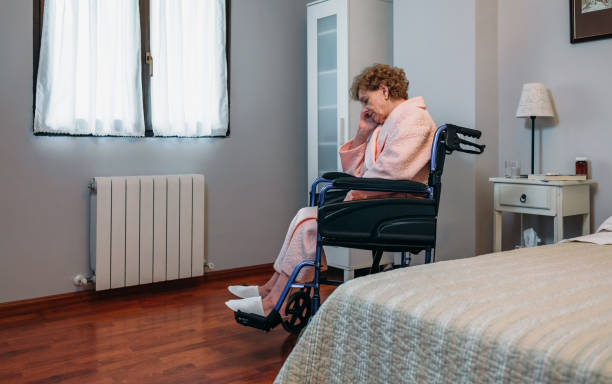 Many senior citizens and people with disabilities were self-quarantined before Covid-19. Many of the mechanisms by which their needs were met (meals on wheels, home health-aids, friendly visitor programs) are no longer in service. Many of these individuals lack ties to their community and have limited social resources to draw on in a crisis. Without means to request help or support, these vulnerable citizens are going to languish.
Many senior citizens and people with disabilities were self-quarantined before Covid-19. Many of the mechanisms by which their needs were met (meals on wheels, home health-aids, friendly visitor programs) are no longer in service. Many of these individuals lack ties to their community and have limited social resources to draw on in a crisis. Without means to request help or support, these vulnerable citizens are going to languish.
 We, Not Me
We, Not Me
If we have learned anything from this pandemic, it is that we can no longer deny the inter-connectivity of all the people on this planet. In a global economy, where international travel was a daily reality, our lives are way more intertwined than we typically think. A virus that started in a specific region in China less than 2 months ago has dramatically altered the lives of people in almost every country in the world. Our ability to collectively survive a pandemic relies on the health of all individuals to be considered. Every person is a link in the chain of the spread, or a potential endpoint for the virus to continue. Most Americans failed to take the needs of the most vulnerable into consideration before Covid-19 pandemic. These are the invisible members of our society. The borders of our countries, our towns, our families do not matter to a virus (nor will it matter in climate change). Our fates are intertwined and our plans for our collective survival depend on us taking care of everyone, from the well-heeled CEO to the disregarded prisoner.




Awesome article depicting the horrors the less privileged suffer. Thanks for bringing attention to this not too popular subject!